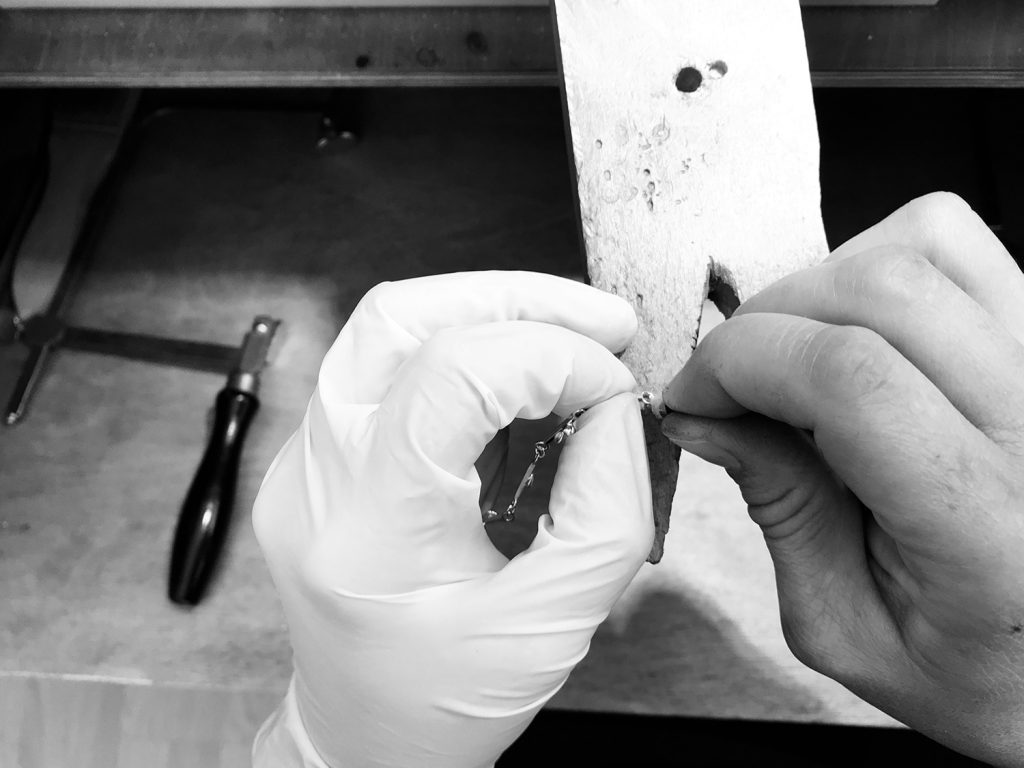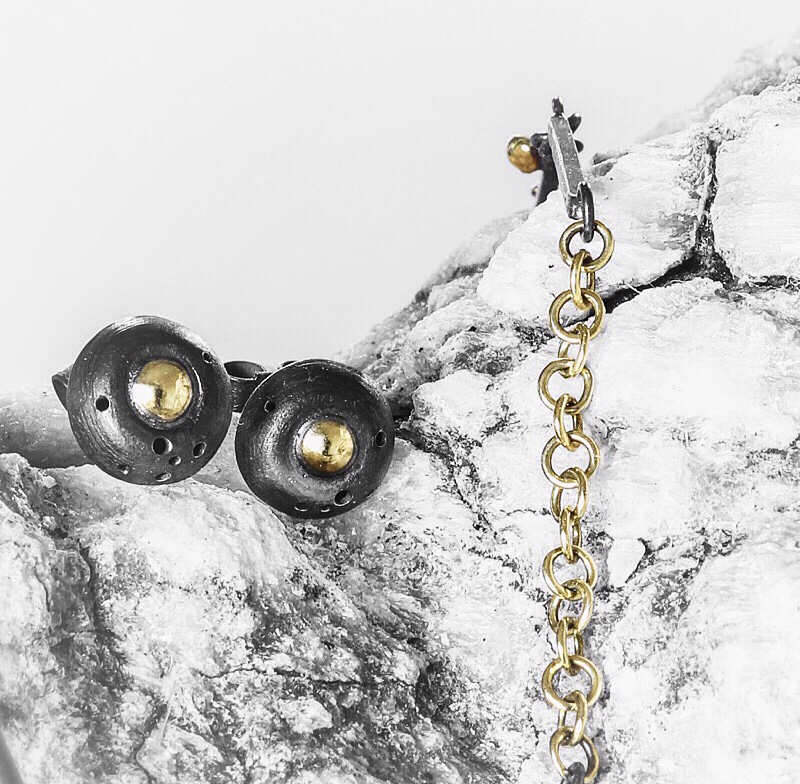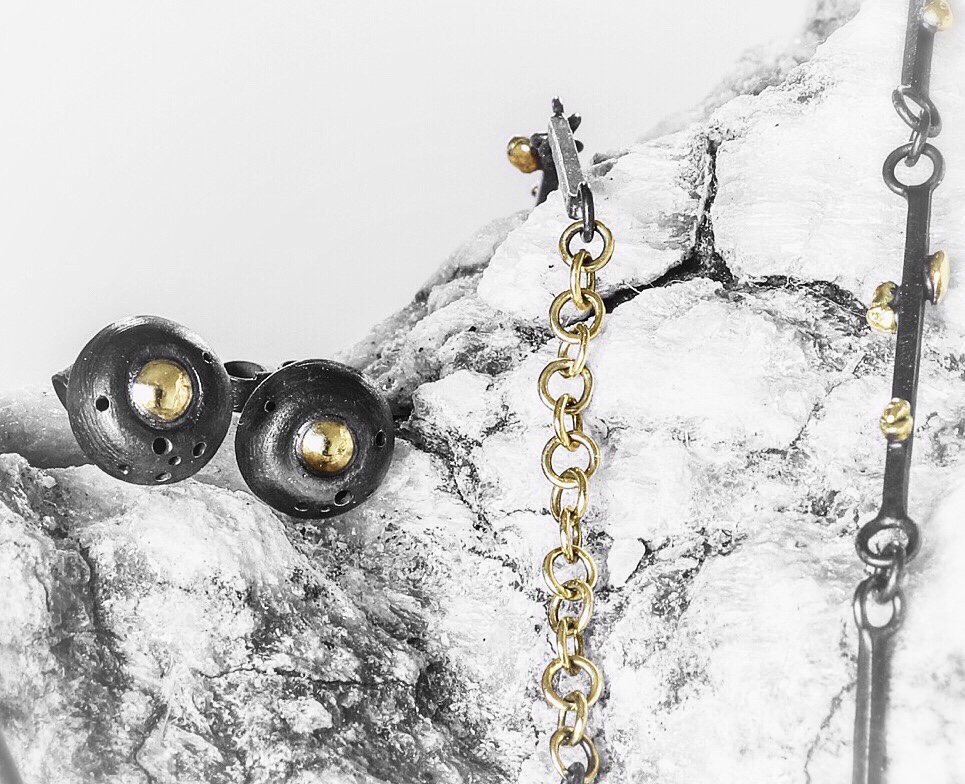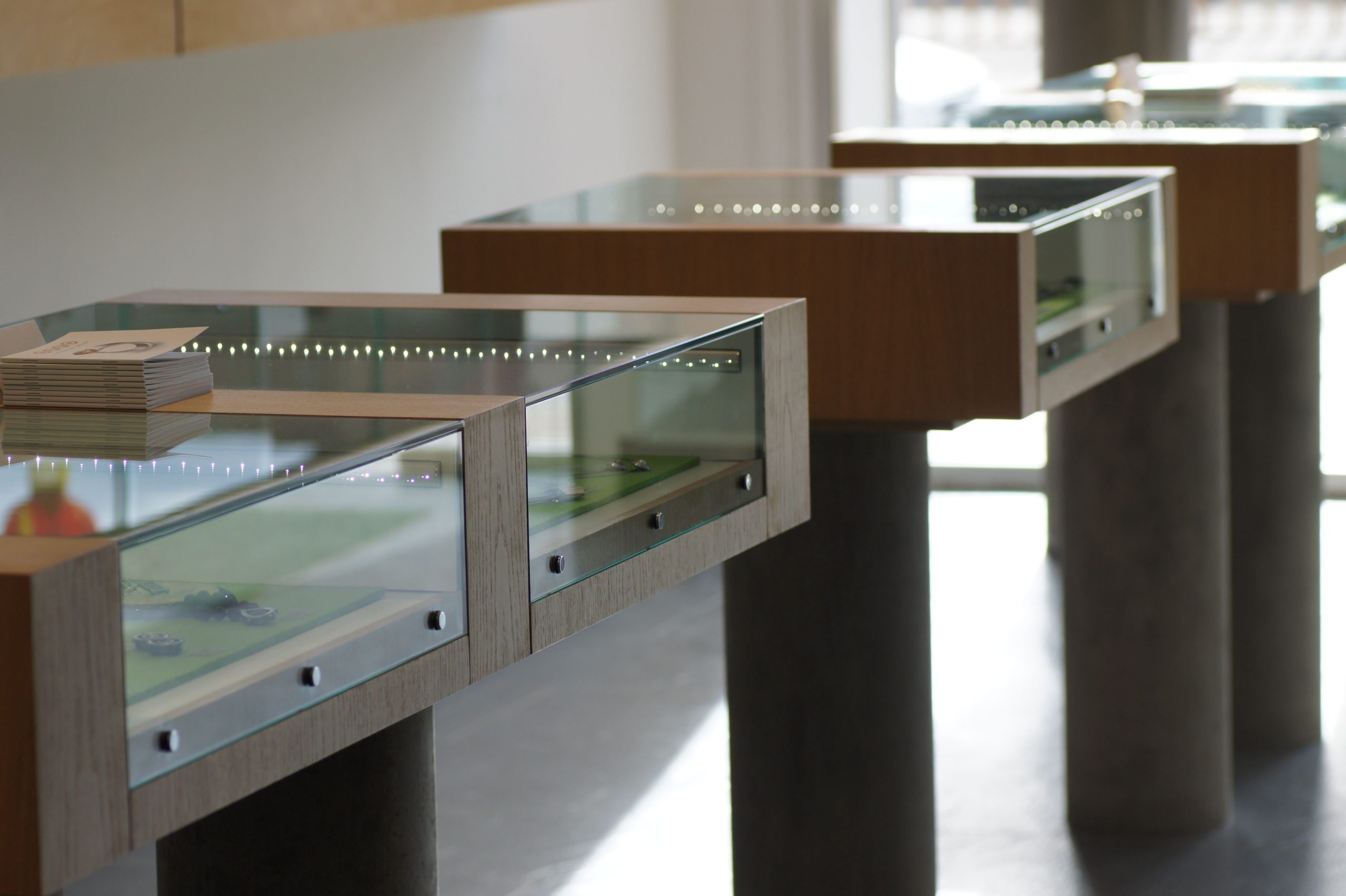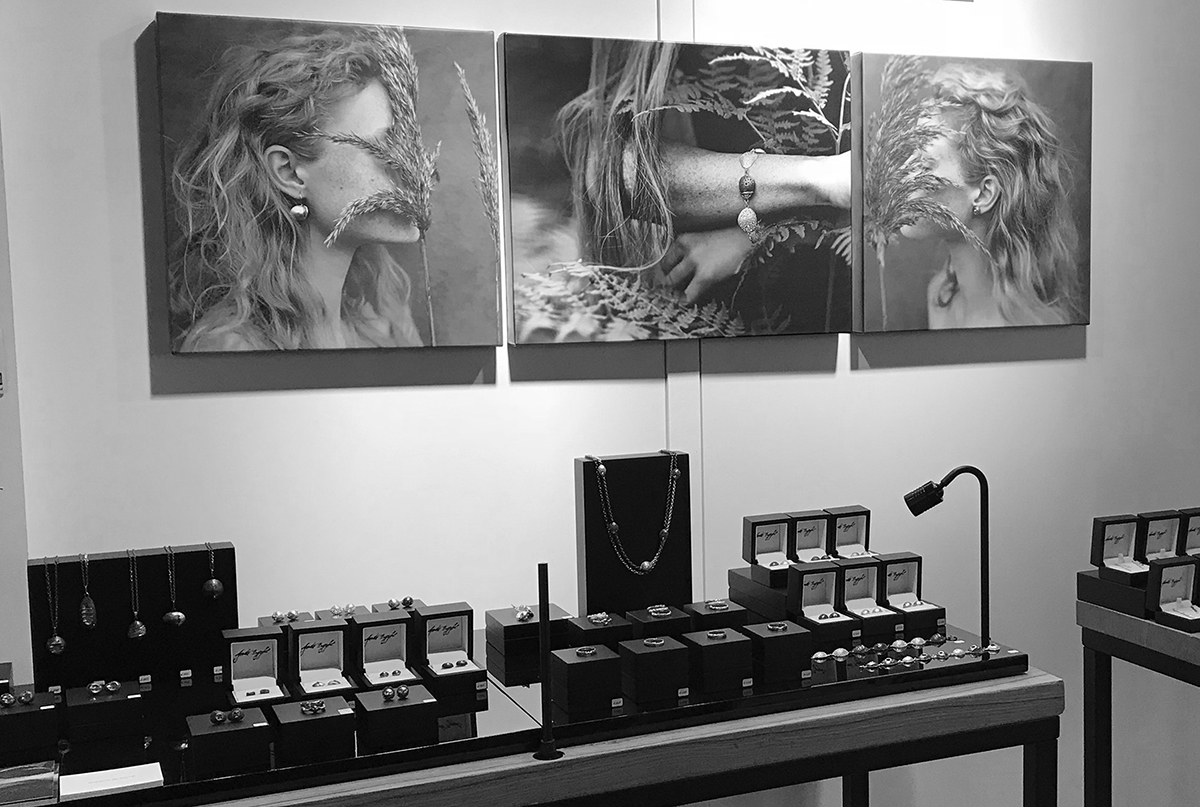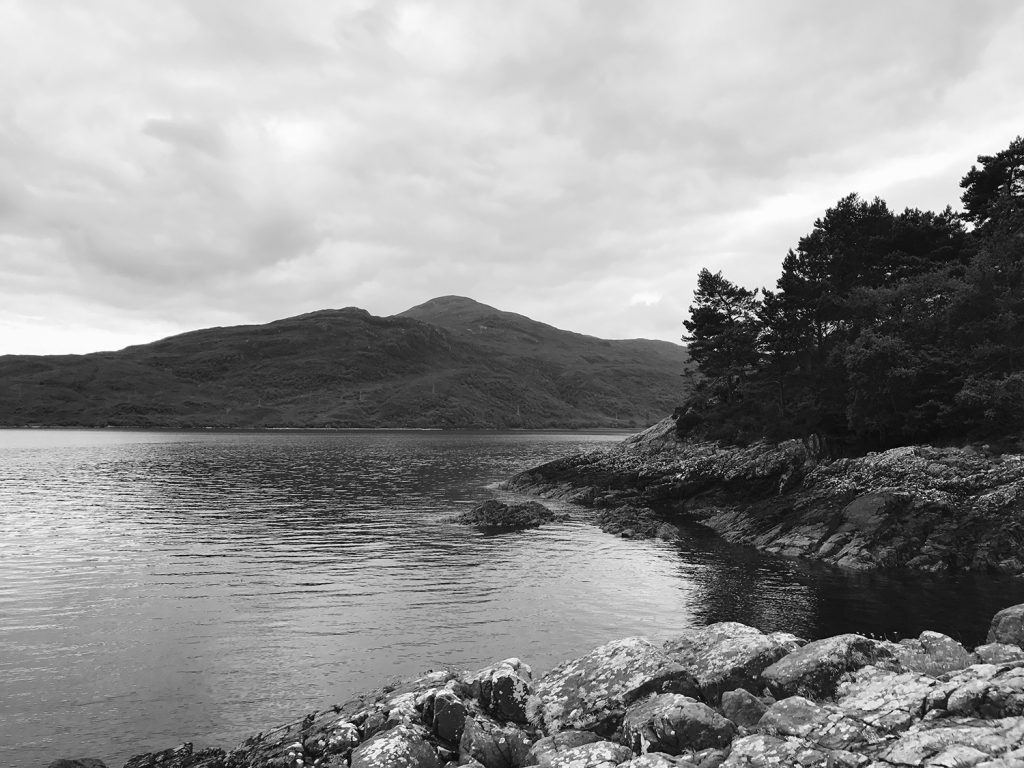
Black silver: what it REALLY is…
It is very common to say that black silver is oxidised silver, however there is another term that is used, but not as often as oxidation. It is patination. I was really confused when someone told me that my work looks not like oxidised silver but like silver with patina, as, yes, it is patina. So my thought is to cut through this confusion and explain the difference between the words oxidation and patination.
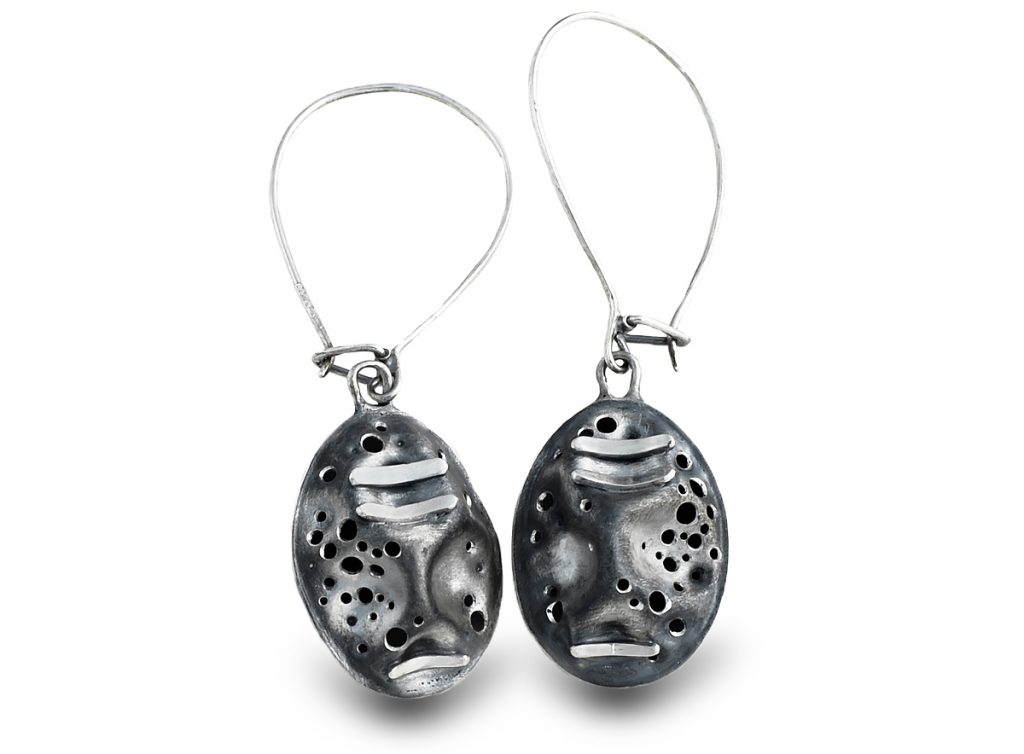
Technical jargon:
To start with OXIDATION: some argue that silver cannot be oxidised, as in this process there is no oxygen involved. Oxidation reactions are commonly associated with the formation of oxides from oxygen molecules. Oxidation is defined as the loss of electrons; no oxygen or an oxide is necessarily included in such reactions, as other chemical species can serve the same function. So it seems that the process, which makes sterling silver black, could be called oxidation. For sterling silver to form the sulphide it is necessary that the silver give up electrons, but the reaction of sulphur on sterling silver causes sulphur corrosion products, called ‘tarnish’ or sulphides, and not oxygen corrosion products, oxides.
- Put simply: Forget oxidation! And corrosion – your silver jewellery will not rust away like a piece of old iron. The minute particles of sulphur and sulphuric acid in the air [sulphides] are enough to create a chemical reaction that tarnishes silver. It is a natural process, and takes place more vigorously when silver is exposed to air than when it is kept covered. See below at *.

More technical stuff:
Jewellers are not referring to redox [oxidation-reduction] reactions when they use the term oxide but to the corrosion process in which oxides are formed. The confusion is that at some time in the jewellery industry, all forms of corrosion – sulphide, chloride, oxide, sulphates – have been classed as oxides rather than being named for what they really are. So it is accurate to say something has been oxidised when no oxygen is present, but it is NOT an oxide on an antiqued or tarnished piece of sterling. The darkening is almost always a sulphide.
Now going to PATINA: (not too technical!!) *this is a coating of various chemical compounds such as oxides, carbonates, sulphides, or sulphates formed on the surface during exposure to atmospheric elements such as oxygen, rain, acid rain, carbon dioxide, sulphur-bearing compounds. Patination is actually a process in which many chemical compounds can be involved, including oxides for example, so oxidation can be called patination, but patination shouldn’t be called oxidation.
Interesting technical details
Patina can be described as a colour ‘tarnish’ on items produced by age, wear, and exposure to natural elements; or any such acquired change of a surface texture and colour through age and exposure. Tarnish develops as a chemical reaction. Darkened silver has a tarnished look caused by the compound silver sulphide, which forms when the metal is exposed to air containing small amounts of sulphur. Silver sulphide darkens the finish, creating blackened patches.
- The patination of metals is one of the alchemical processes used by jewellers: different chemical compounds will produce different colouration. Patination is an ancient and arcane art.
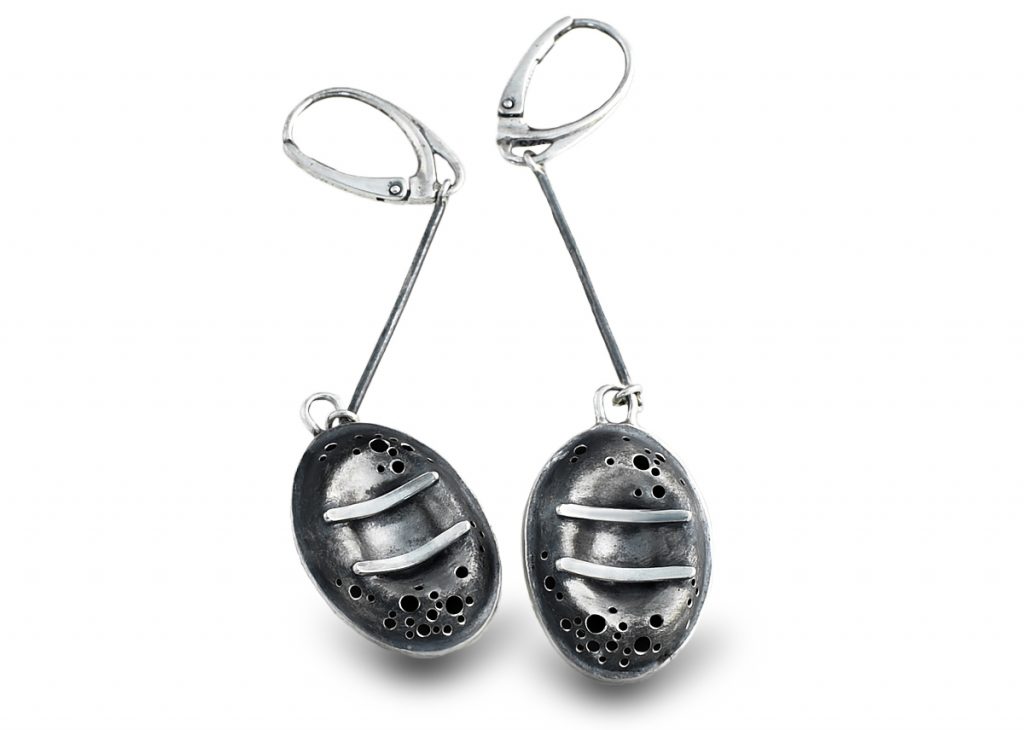
How to look after your silver
A little bit about tarnish and how to deal with it… The best way to deal with tarnish is not to let it develop; the easiest way to do that is use your silver regularly. If you don’t use it frequently enough to prevent tarnish, store it properly in a specially treated silver bag after the pieces are wrapped in silver cloth.
Aging gracefully
As far as silver is concerned, tarnish is not the same thing as patina. Patina is a beautiful, natural cover, which protects silver; a lustrous finish that well-used and cared for silver develops, or it is chemically formed. As silver is a soft metal, every time it’s used it acquires tiny marks. These marks are part of the living finish of silver and this is why it is so special: the piece of work lives with you and changes, recording its time together with you. Patina can serve a deliberate contrast to the high spots, displaying the varying elevations of the piece to best advantage.
Patinated sterling silver doesn’t just look nice because of its distinctive black finish but it also has some advantages over silver. When silver jewellery is new it looks bright and shiny but after some time it loses its shininess and brightness, and tarnishes, but patinated sterling silver jewellery will not be affected by the tarnish and the tarnish will allow patinated sterling silver jewellery to take on a more patinated appearance.
It means that patinated sterling silver jewellery will look good and will remain in its original condition longer than sterling silver. Of course you need to bear in mind that the patina is only a surface on the top few layers of the metal and if the piece of jewellery is not well enough cared for, or is worn daily and comes into contact with many surfaces it won’t remain as black as it once was. It will still, however, retain its original beauty of form.

Finally
Time marks your jewellery. The air patinates it, giving it the beautiful sheen of age and grace. If your jewellery is black silver when you buy it, it is because the jeweller has worked chemical magic to produce that particular patina as part of its delicate design. Just like skin, the better the jewellery is cared for, the better it ages.
Shop the collection




